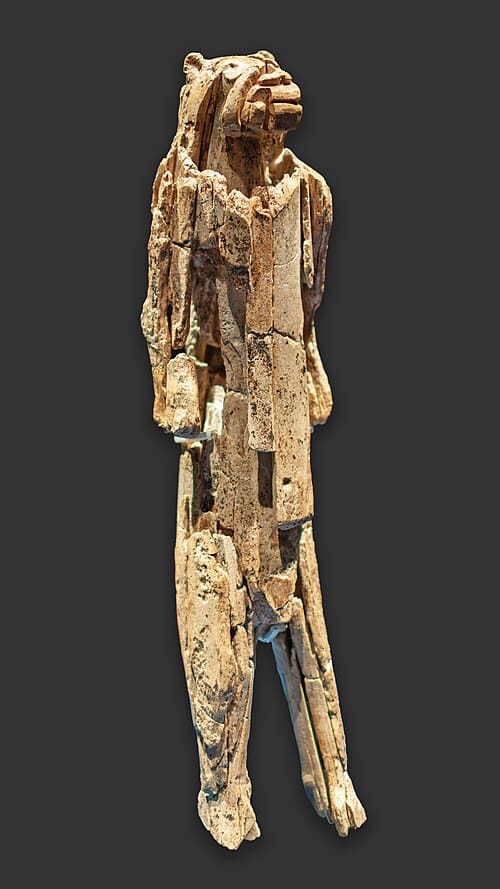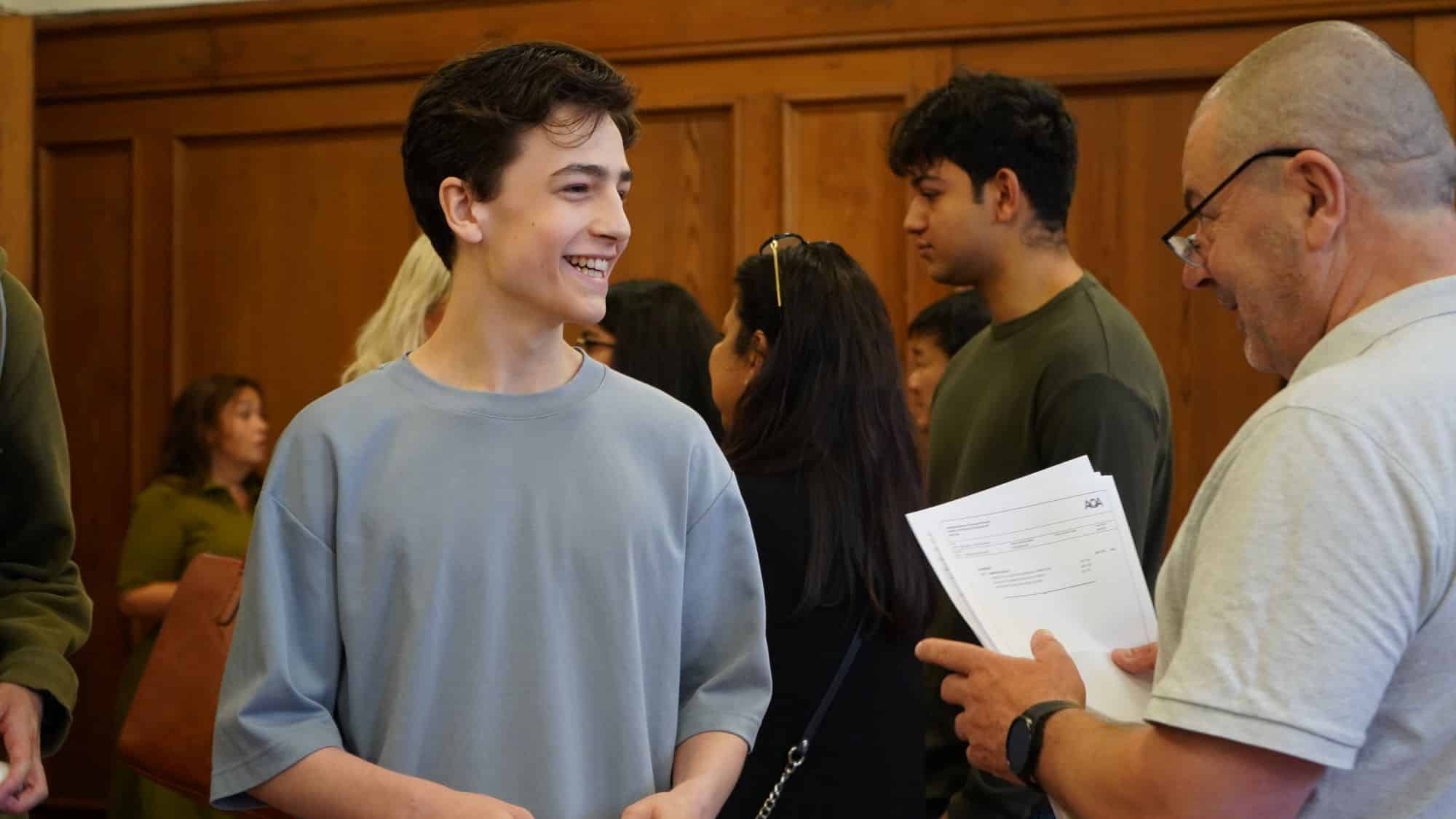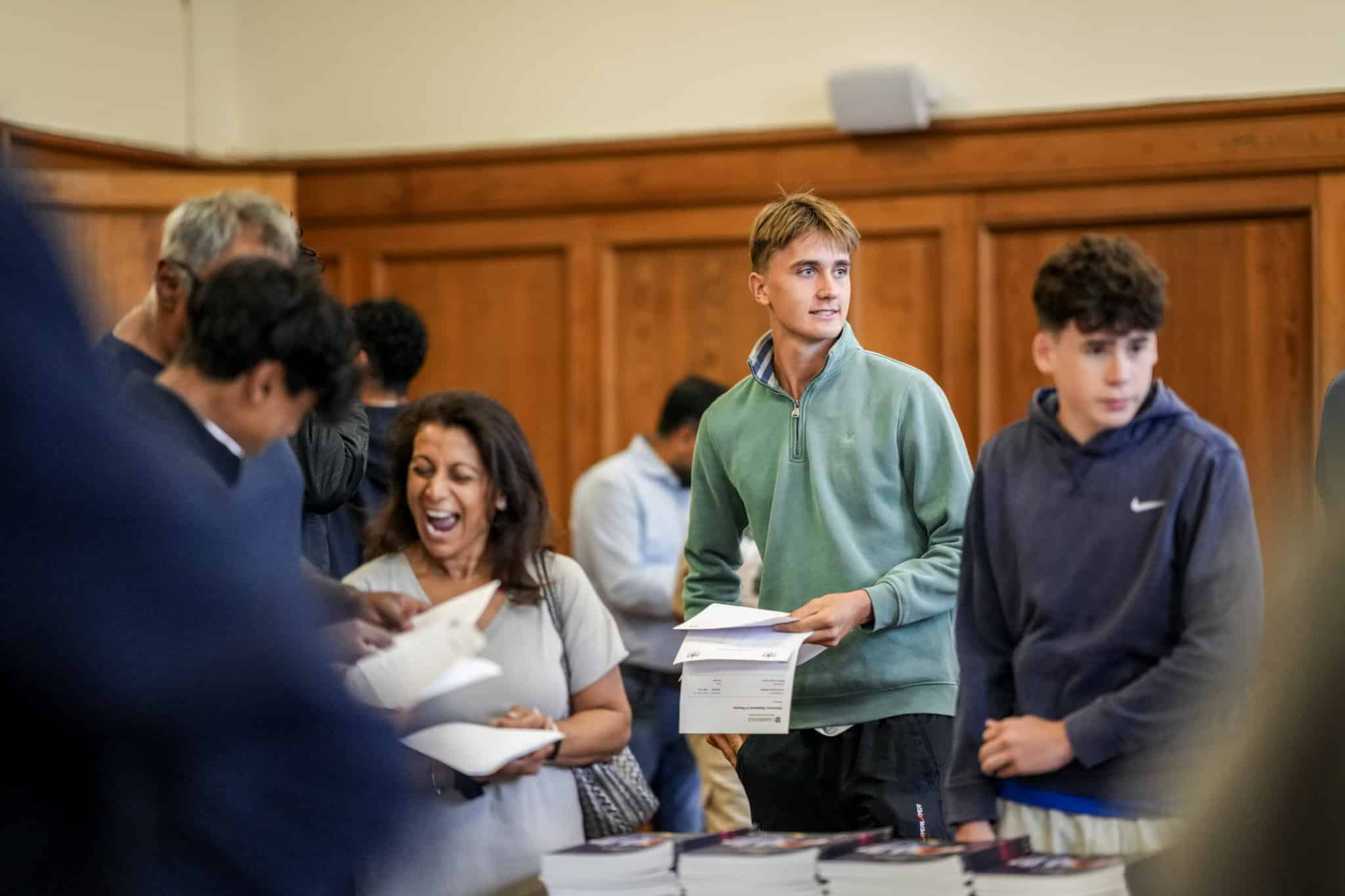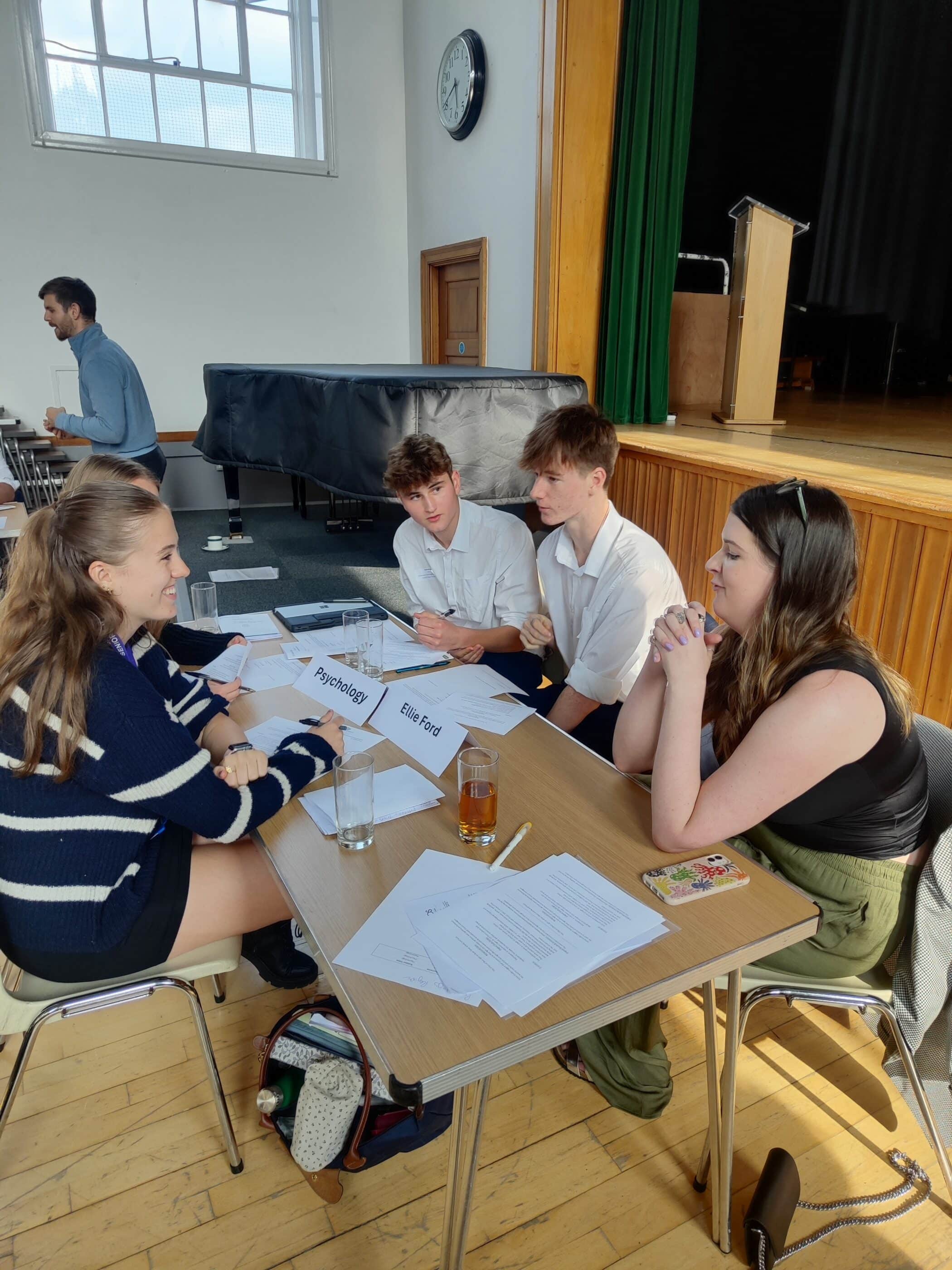Writes Aman K. (L6th), A Level Artist
In the first of an ongoing series of interviews investigating attitudes about art held by people within the Merchant Taylors’ community, I had the pleasure of speaking with the Head Master.
We met in the Head Master’s office to discuss his love for art, his own artistic abilities and some of his favourite works.
When did you find your love for art, and how has your “taste” changed since then?
The Head Master’s love of the arts has always been a lifelong passion for him. For him, this has its roots not in the Renaissance artists, but in the coded messages left by the inhabitants of an ancient period: prehistoric “cavemen” art pieces. Mr Everson said he has always been fascinated by “the primitive art that has been discovered, the first creative marks of our species.”
Over the years, his interest developed to include modern art reflecting his fascination with the development of human expression. Currently, he lists the world-renowned modern artist David Hockney among the artists he respects, due to the fresh, contemporary stories that Hockney paints in his pictures.
What is your favourite piece and why?
Here, the Head Master had no doubts. He instantly referred to the “Lion Man” statue discovered in Germany. This small statue, dating from 40,000 years ago, carved from the tusk of an extinct species of mammoth, is of deep fascination to Mr Everson who is captivated by “the complexity, achieved with only the use of the simplest tools.”

The artifact’s mystery is part of its attraction for Mr Everson. There is no one who knows its real use or intended meaning. A lion head on the body of a human could have represented a mimicry of the real-life apex predator, the meaning of power itself. The Head Master noted our society’s general view of cavemen as a lesser version of humanity is a deep misunderstanding of people who were just as intelligent, just as capable of abstract ideas, as we are.
If you had to pick one piece of art that you think all students should see, what would it be and why?
The Head Master stated “If I had to choose one work of art which I think all students must be encouraged to see, I would choose Joseph Wright of Derby – “A Philosopher Lecturing on the Orrery”. He continued saying “there is just something about the strength of the image, how much could be conveyed with the contrast of light and dark.”
The lighting in the piece is beautiful and powerful, managing to convey the different emotions of the people surrounding the mechanical model of the solar system, the orrery. The children who are viewing the orrery are full of wonder, the strong glare of the light radiating the hope and joy that the children feel.
The man standing in the centre is completely serious, his red coat standing out boldly in the room, his gaze serious, sincere, yet also radiating the hope that the children feel, even if he is completely different from them in his emotions about the orrery.
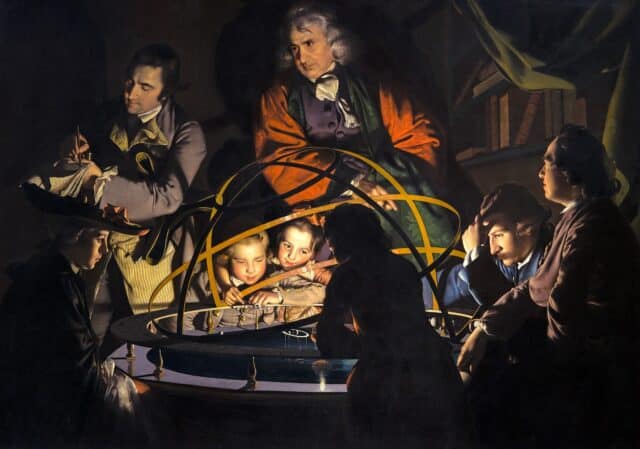
The Head Master also suggested another piece by Wright, “An Experiment on a Bird in the Air Pump” [1768], that also deploys dramatic lighting and symbolism. The figure who is facing the viewer, with the others shocked by the dying pigeon, is perhaps one of the greatest exercises in the depiction of emotions, complexity, and lighting.

Do you now or have you ever produced art in any form?
The Head Master revealed that he has little talent for creating works of art, an attribute he has always admired in others. This is one of the aspects that made us reflect on how we can encourage those who lack talent to appreciate the world of creativity. I think there is some beauty in the fact that that limitation did not stop the Head Master from indulging in the world of art. His advice is all about “getting a feel” for art.
Mr Everson revealed his nervousness in his first-ever life drawing class, but was keen to emphasize how these activities, such as those available after school in this way, are an excellent way to start being creative. The Head Master talked about how valuable life drawing sessions were serious, but also a place for some relaxing artwork.
What do you think makes Art valuable?
“Ultimately, Art is nothing more than how one uses colour, texture and light,” Mr Everson said, while also mentioning his appreciation for the skill that goes into creating works of art.
My interview with the Head Master was also an enlightening way to initiate this series of pieces on art in the community, because his love of art, ranging from the “Lion Man” to the lighting in the works of Joseph Wright of Derby, illustrates the fact that we can all enjoy the benefits of creativity, whichever corner of the community we happen to be in. The best quality of art is its amazing potential to connect us with the past, the present, or each other.


